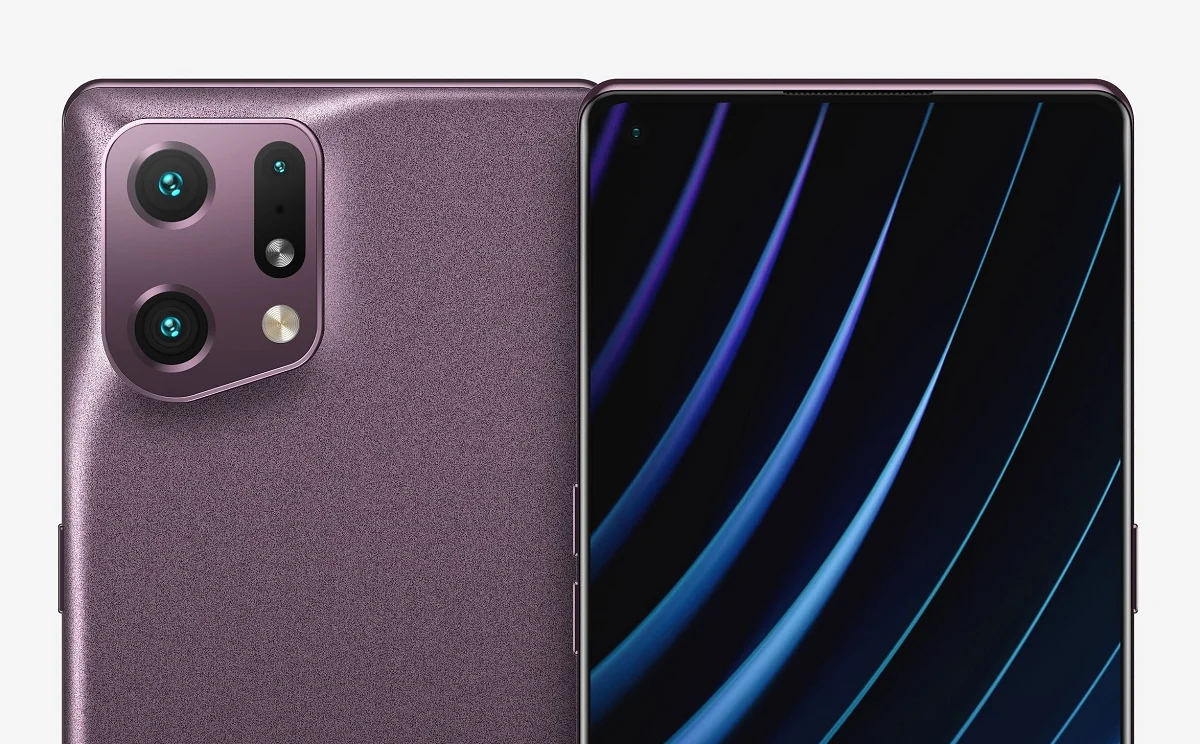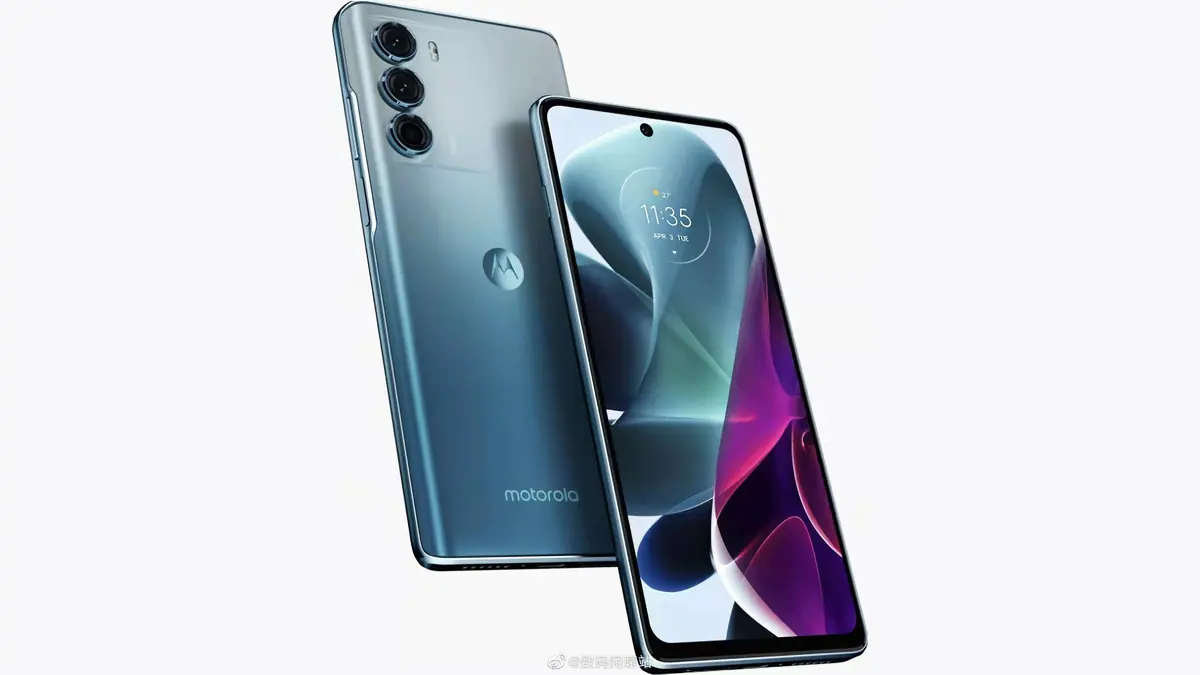In the “real world” there are those who give it all in benchmarks while degrading performance in everyday use. It has been the case with Samsung’s GOS that it limits the performance of certain apps, and we saw how in our recent reviews of the Xiaomi 12 Pro and 12, Despite giving very high scores in benchmarks, throttling it is found even when the mobile phone is cold and causes its performance to degrade. Xiaomi itself admitted it.
What if the manufacturers were right to limit it? We all want a powerful mobile phone. But we also want the battery to last. And don’t get hot. And it can be long. Maybe limiting performance makes sense and the problem is: constant battle with numbers. Bumping each other in the chest to see who stands out the most in synthetic tests.
Let’s talk about processor efficiency
To understand what’s starting to appear at the benchmark in this latest high-end generation, it’s worth mentioning three big players in the mobile chip market: Apple, Qualcomm and MediaTek. Historically the best Android processors It was in the hands of Qualcommaway from an (formerly) inefficient MediaTek with slow and expensive processors. Things are changing.
High-end reviews of 2022 had one factor in common: the heat emitted by the Snapdragon 888 The amount of energy demanded to boost performance does not bode well
For the 2022 generation, Qualcomm introduced a powerful processor – Snapdragon 8 Gen 1, but it takes a lot of energy. The move is not new, and the Snapdragon 888 itself was already a processor. overheating phones and ate a lot. While Apple plays in another league at the level of mobile chips, technical tests show the differences that perfectly illustrate the issue.
| |
iPhone 13 Pro (highest performance)
|
Samsung Galaxy S21U (highest performance)
|
iPhone 13 Pro (after restriction)
|
Samsung Galaxy S21U (after restriction)
|
|
Power consumption (W)
|
6.7W
|
8.1W
|
3.58W
|
2.81W
|
|
Performance (FPS)
|
54.24fps
|
29.82fps
|
33.43fps
|
18.94fps
|
In this chart, we see the poor energy efficiency of the Snapdragon 888, along with data from Anandtech. There is a very interesting fact: Mounted on a Galaxy S21 Ultra at its peak performance, the 888 consumes more and runs at less FPS than an A15 Bionic, which degrades its performance behind throttling.
You only need to store a few data: how much energy does the processor need to reach a certain performance level
We do not want to start a power struggle here, we want to show it. enormous amount of energy that some chips are starting to demand Being able to push graphics above 30 FPS in tests like GFXBench (1440p High off-screen) is something that’s a guess for heavy gaming after all.
Image: Golden Commentator.
This is further illustrated by an image from the Perfdog test. On the left we see an S22 Ultra running Genshin Impact with active Samsung limitation, and the same mobile phone on the right, the same game and without limitations. What are we seeing? Almost double the consumption to gain 10 FPS. If the mobile was to sustain that 8, 9 or 10W during a game, the battery would fly and the heat would be very noticeable.
Other sources, maximizing the performance of the new MediaTek 8100 and 9000, show that it is possible to stay close to Apple in terms of energy efficiency.
| |
Apple A15 Bionic (highest)
|
Qualcomm Snapdragon 8 Gen 1 (highest)
|
Qualcomm Snapdragon 888 (highest)
|
MediaTek Size 9000 (highest)
|
Apple A14 Bionic
|
|
Consumption (W)
|
7.9W
|
11.2W
|
9W
|
8.2W
|
8W
|
|
Performance (FPS)
|
54fps
|
43fps
|
29fps
|
42fps
|
40fps
|
The most interesting fact here is that, 1 FPS more than MediaTek Dimensity 9000The Snapdragon 8 Gen 1 needs 3W more, a fully triggered consumption that needs to be regulated if we want balanced sustained performance. Jumping from five nanometers to four nanometers seems to be better used by MediaTek, but even with the 8100 (5nm) they provide great efficiency. Nevertheless, Apple consumes the least without even dropping to 4nm..
It makes sense for manufacturers to limit the performance of their terminals. The problem, the criteria, where no one wants to be left behind. It’s a battle for the numbers to top a ranking that doesn’t reflect actual usage, and where they show that no one has been able to harness the real power of the processors because they’re not optimized enough.















